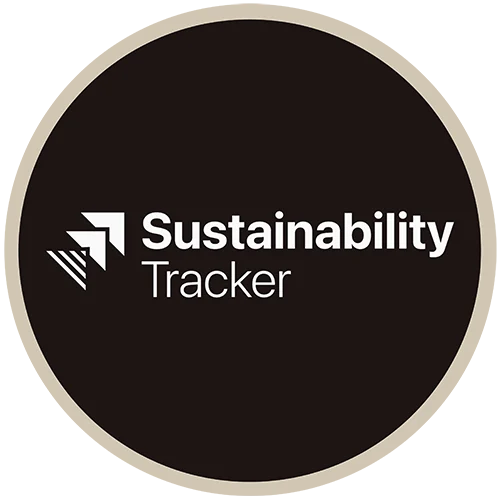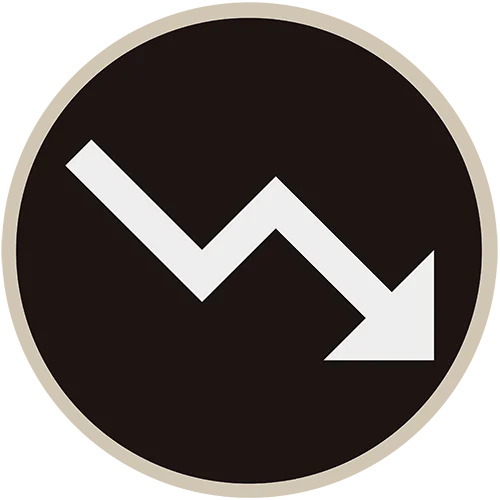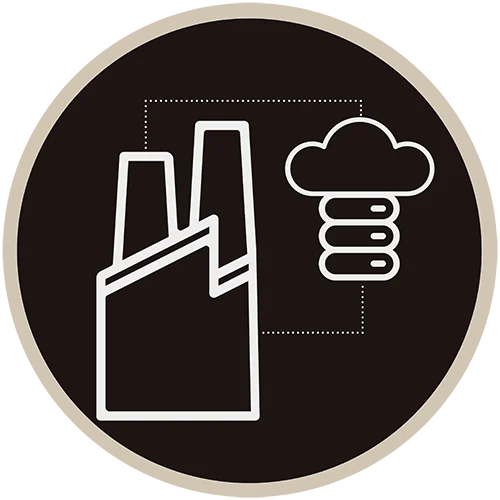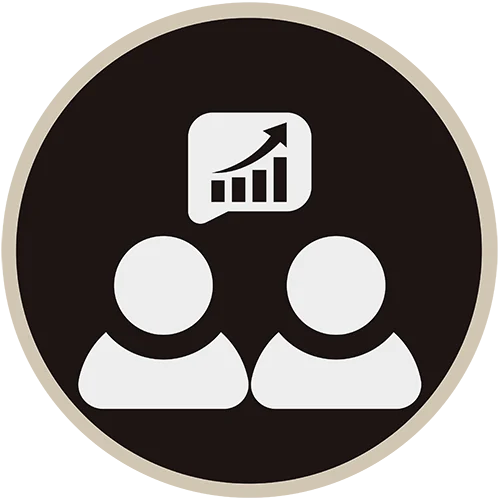Reduce industrial emissions
From looming challenge to growing opportunity
The industrial sector is pivotal to society’s economic and social development, and standards of living. Energy and resources are indispensable for us to live and thrive.
Today, the industrial energy sector represents close to 40% of global final consumption1, and demands are rising as global populations and economies continue to expand.
Despite growing demand and expected industrial production growth, the Net Zero Emissions by 2050 scenario has emissions falling into 2030 and beyond. Modest improvements have been made in terms of energy efficiency, use of renewables and policies, but much more will be needed.
Reference: 1. IEA, Industry: Materials are the building blocks of society, 2021
The growing global effort to reach net zero
As reported by the UN, a growing coalition of countries, businesses and institutions globally are pledging to get to net-zero emissions. This includes 70+ countries – including the biggest polluters – representing about 76% of global emissions.
Thousands of cities, businesses and institutions have joined the Race to Zero, pledging to take rigorous, immediate action to halve global emissions by 2030.
Reduce emissions, energy, and water consumption with Sustainability Tracker (ST)
Establish a precise baseline year
Global sustainability reporting frameworks require organisations to calculate their existing baseline carbon footprint as the first step. As this becomes the measure against future improvements are compared, it is critical that this is accurate and supported by data. ST is designed to calculate your baseline and track it over time.
Re-calculate a base year emission
Movements in emissions are calculated by comparing changes in your actual emissions over time relative to previous years. If there are significant organisation structural changes such as mergers/acquisitions, outsourcing/insourcing emitting activities, improvements in measurements or changes in methodology, you’ll need to recalculate your base year emissions. ST makes this a streamlined and automated process and is invaluable for goal setting and defining absolute target and intensity targets.
Track and report progress
Once the baselines and targets have been set, organisations are required to track, analyse and report on emissions to meet relevant compliance obligations in a consistent, complete and transparent process. ST’s in-built sustainability reporting capabilities make this simple.
Test and evaluate scenarios with accuracy and confidence
 Mass & energy balance for industrial processMap and measure your activity data across each step of the industrial production process
Mass & energy balance for industrial processMap and measure your activity data across each step of the industrial production process Digital automationRemove manual process and create a digital replica of your industrial asset for near real-time insights
Digital automationRemove manual process and create a digital replica of your industrial asset for near real-time insights Circularity/recyclingVirgin material vs recycled
Circularity/recyclingVirgin material vs recycled Process efficiencyImprove production process and energy consumption
Process efficiencyImprove production process and energy consumption Reduce wasteEfficient use of materials and technologies
Reduce wasteEfficient use of materials and technologies Renewable powerRenewable sources of power (e.g. bioenergy and procurement)
Renewable powerRenewable sources of power (e.g. bioenergy and procurement) Renewable heatRenewable sources of heat (e.g. replace fossil fuels with biomass power)
Renewable heatRenewable sources of heat (e.g. replace fossil fuels with biomass power) Review processesScenario testing of new production process or reagents or suppliers
Review processesScenario testing of new production process or reagents or suppliers Nature impact driversImplement more sustainable practices for the production ecosystem
Nature impact driversImplement more sustainable practices for the production ecosystem Alternative fuels/electrificationMove to green fuels and energy storage solutions (e.g. electric vehicles for haulage)
Alternative fuels/electrificationMove to green fuels and energy storage solutions (e.g. electric vehicles for haulage) Carbon captureCapture, store and recycle carbon emissions
Carbon captureCapture, store and recycle carbon emissions
ST has an optional module to test and evaluate sustainability initiatives. Using a steady-state simulation of your industrial asset, ST Scenario Analysis enables you to use validated industrial data sourced from across your asset to determine likely future processing outcomes.
Adjust input figures to determine how specific changes in variables like feed grades or throughput will affect final product and recovery as well as emissions, energy and consumption. In addition, by modifying your asset’s historical data or making changes to your asset’s flowsheet, you can create and compare scenarios using cutting edge reporting and data analysis and visualisation tools.
The results from these simulations can automatically integrate with asset-wide financial and sustainability budgeting and forecasting, set targets and compare theoretical results to actual asset-wide performance.
Ways ST can use scenarios to reduce emissions:
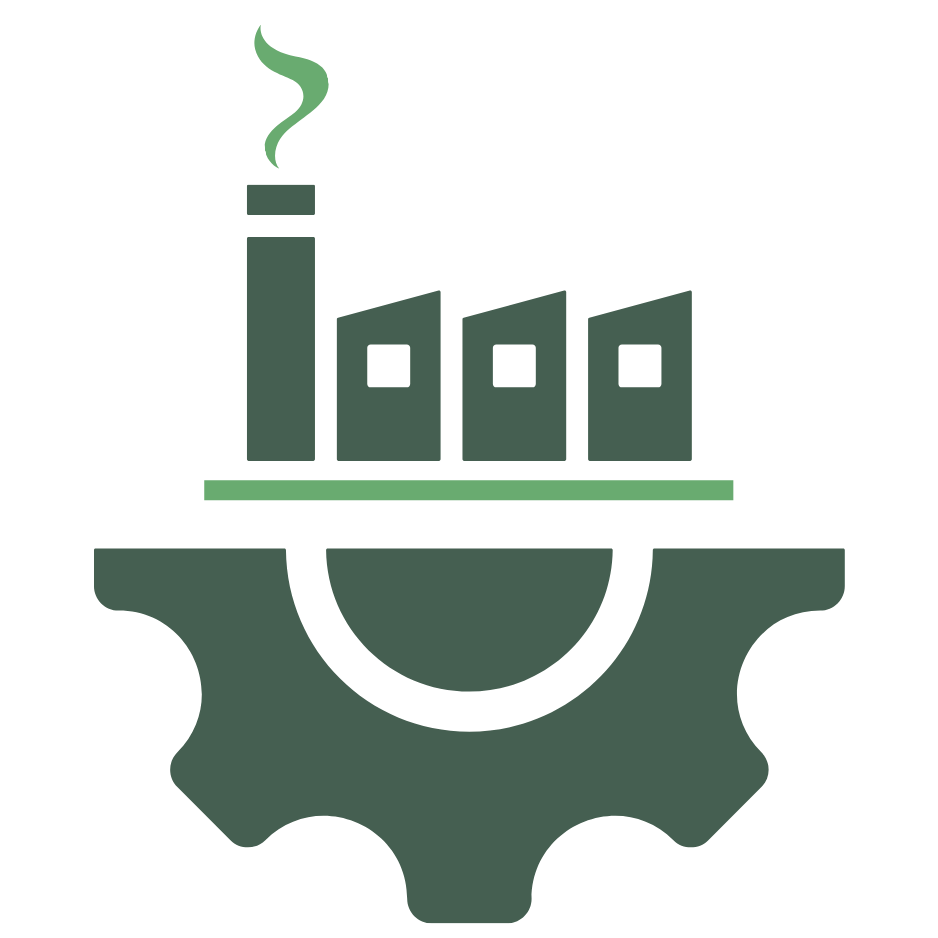
Scope 1
- Test processes to cut emissions from on-site process chemistry
- Self-generate renewable power onsite
- Replace fossil fuels in heat and steam generation with biomass, heat pumps, power-to-heat, solar thermal and other alternatives
- Convert fleet combustion to battery-electric, biofuels or other green power
- Carbon capture, utilisation and storage from processes and combustion
- Identify faulty equipment and heat losses (across scopes)
- Process waste on-site

Scope 2
- Test production scenarios using motors, pumps, drives and ovens
- Reuse waste heat and accurately match equipment capacities
- Source renewable energy via procurement or certificates
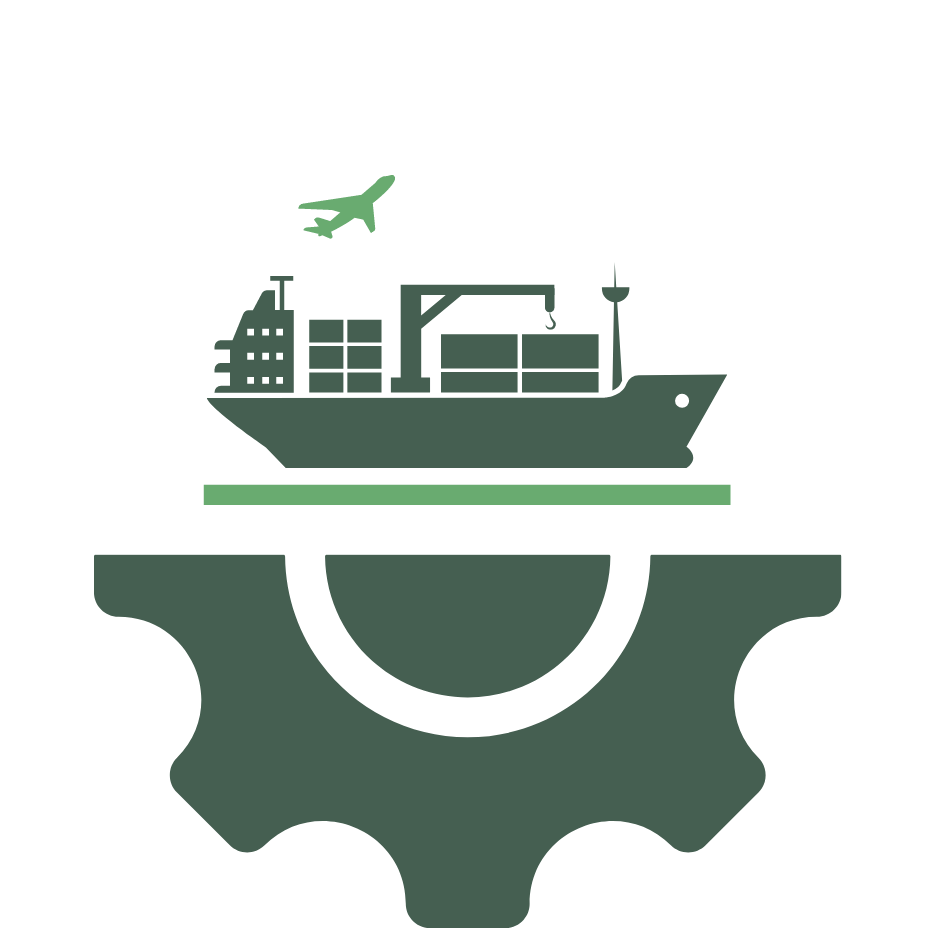
Scope 3
- Analyse emissions of raw materials suppliers
- Streamline upstream transportation and business travel emissions
- Use recycled instead of virgin materials
- Electrify industrial fleets
- Optimise downstream waste disposal
Proven emissions reduction analysis tools
With Sustainability Tracker (ST) at its core, our emissions reduction software is designed to measure, manage and optimise complex industrial processes.
ST integrates asset-wide industrial data, dynamically simulates your operation as a digital twin, and delivers granular reports and analysis across sustainability indicators. This enables you to track changes in processes, suppliers and materials giving you the data-driven insights you need to optimise your productivity, efficiency, climate footprint and financial returns.
Key features
Track and forecast scenarios
Track renewable energy sources
Optimise your sustainability indicators
Single source of truth for sustainability data
Expert sustainability software and solutions
Drawing on many years of experience in industrial process engineering, data-led tools and sustainability reporting, we can help you understand how the new era of accountability impacts you and deploy the industrial sustainability software you need to put you ahead of the curve.
